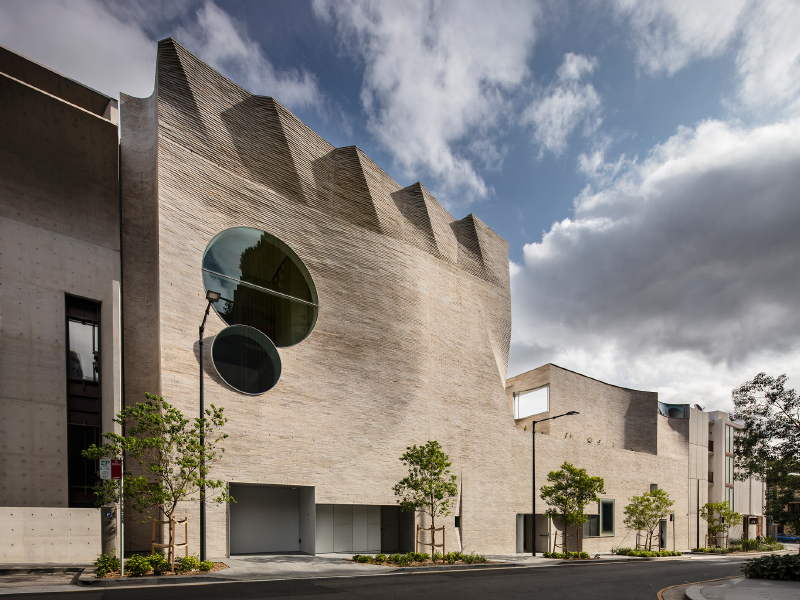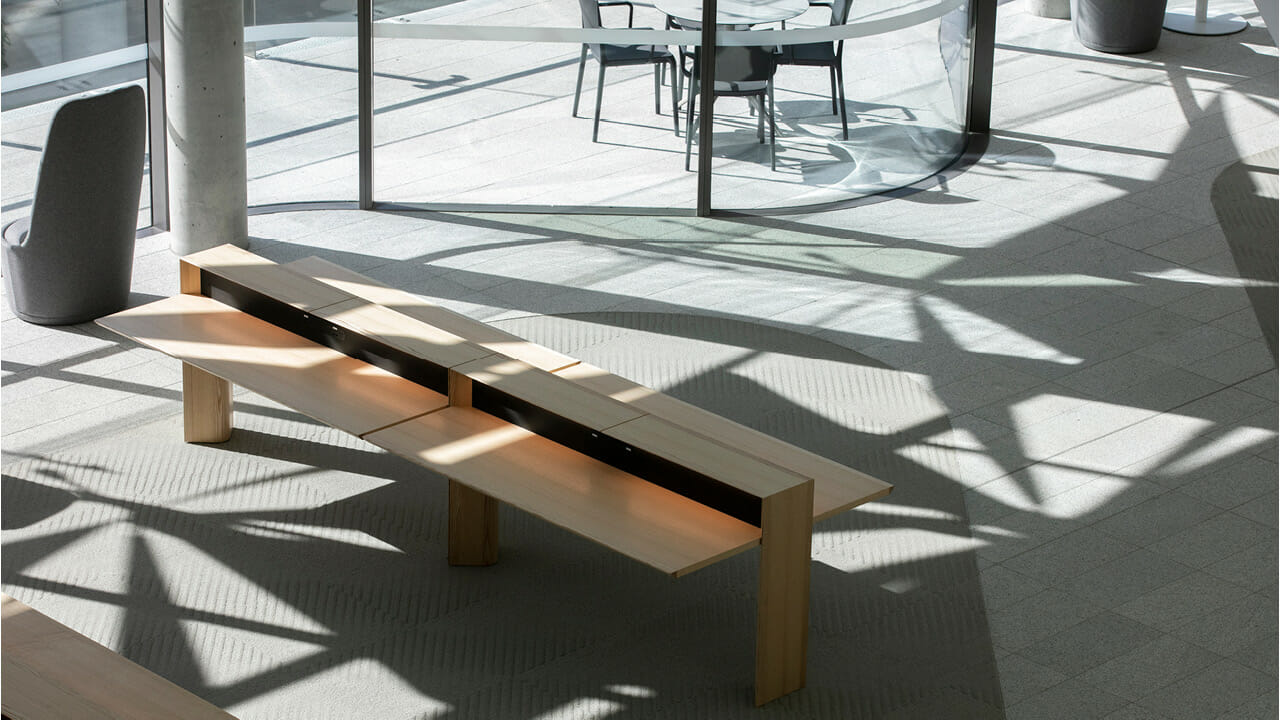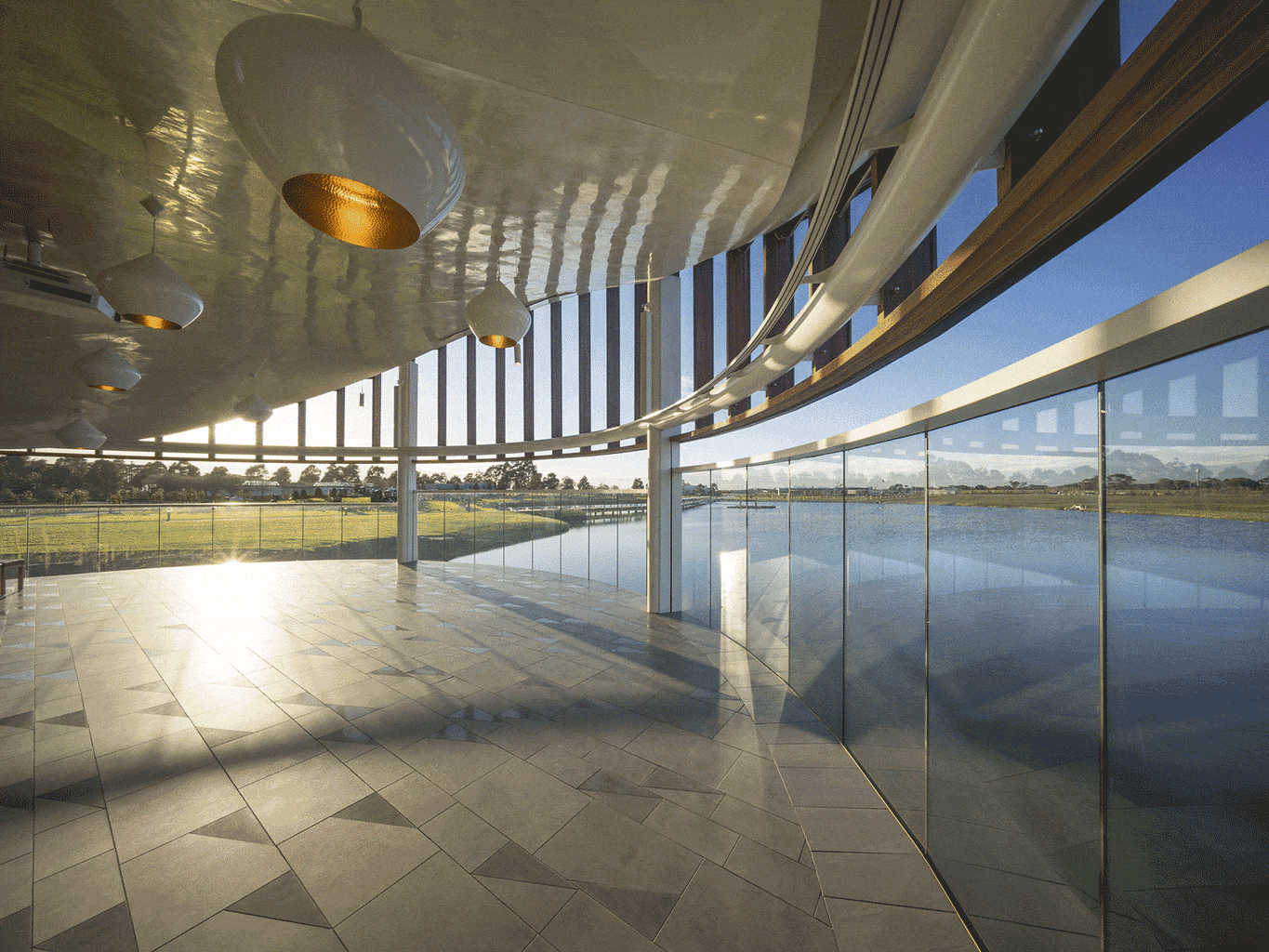-

Sustainability in design and construction: a Q&A with Tim Phillips
-
Sustainability in Design and Construction: a Q&A with Tim Phillips
Communications Collective, September 2024
In today’s design landscape, sustainability is reshaping the industry through forward-thinking designers. Reuse, recycling, and circular economy principles are factored into projects from their inception. Tim Phillips, Managing & Creative Director of Tilt Industrial Design, discusses how Tilt embeds sustainability into the design process.
-
What factors determine how sustainable a project will be, and how are industrial designers uniquely placed to inform this?
Key factors include the product life cycle, material performance specifications, budget considerations, client preferences, policy and contractual obligations, manufacturing location, and design for disassembly and recycling. Industrial designers are uniquely positioned to navigate these factors due to our comprehensive understanding of materials, manufacturing processes, and product lifecycle management. We can advocate for sustainable choices, propose innovative end-of-life solutions, and help clients understand the long-term benefits of sustainable design.
Does scope for embedding sustainability vary across the sectors you work in, which include product development, public art, operable and custom architecture?
While core tenets of sustainable design remain consistent, implementation varies across fields. Product development might focus on materials innovation and efficient manufacturing, whilst public art projects prioritise durability and cultural sustainability. Operable and custom architecture often allow for more comprehensive strategies due to scale and budget. Despite these differences, common factors include considering the entire project lifecycle, material selection, and future adaptability.
To what extent do recycling and circular design principles inform Tilt’s approach?
At Tilt, our approach is deeply informed by these principles but tailored to our projects’ typically long lifespans (15-25 years). We prioritise durability and low lifecycle maintenance, reducing the need for frequent replacements. We consider end-of-life scenarios, selecting recyclable materials and designing for easy disassembly. For shorter-lifespan projects, we might emphasise rapidly renewable materials or easy recycling. Our goal is to create designs that contribute to a circular economy, considering how they can be reintegrated into the production cycle at the end of their life.
-
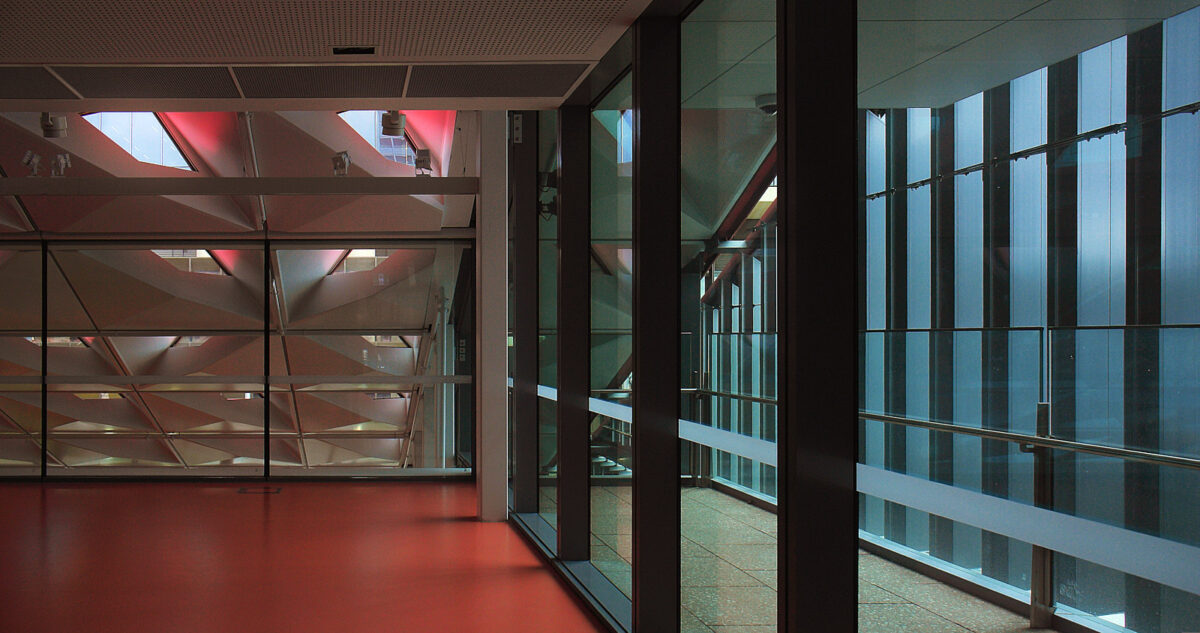
-
Can you share a specific example of a project where sustainability principles were successfully implemented?
The PHIVE Civic Hub project in Parramatta showcases our approach. We designed a sophisticated shading system that improves the building’s thermal performance and livability, reducing the need for energy-intensive climate control. We chose aluminum for its durability and recyclability. Importantly, projects of this scale thoroughly analyse the impact of these systems in design to ensure real-world performance against sustainability objectives.
How can the design and construction industries more effectively embed sustainability principles into projects, and what role can technology play?
The future lies in combining advanced technology, holistic thinking, and circular economy principles. Building Information Modeling (BIM) software is becoming invaluable for tracking material data throughout a project’s lifecycle, enabling more informed decisions about material choices. Advancements in materials science and engineering technologies such as finite element analysis (FEA) which support material use optimisation are opening new possibilities for sustainable design.
However, technology is a tool, not a solution itself. We need a fundamental shift towards circular thinking, considering a building or product’s entire lifecycle. This could manifest as design for disassembly or greater emphasis on adaptive reuse. The construction industry has significant potential to become more circular by better documenting and tracking materials, creating a more efficient market for reclaimed and recycled building materials.
-
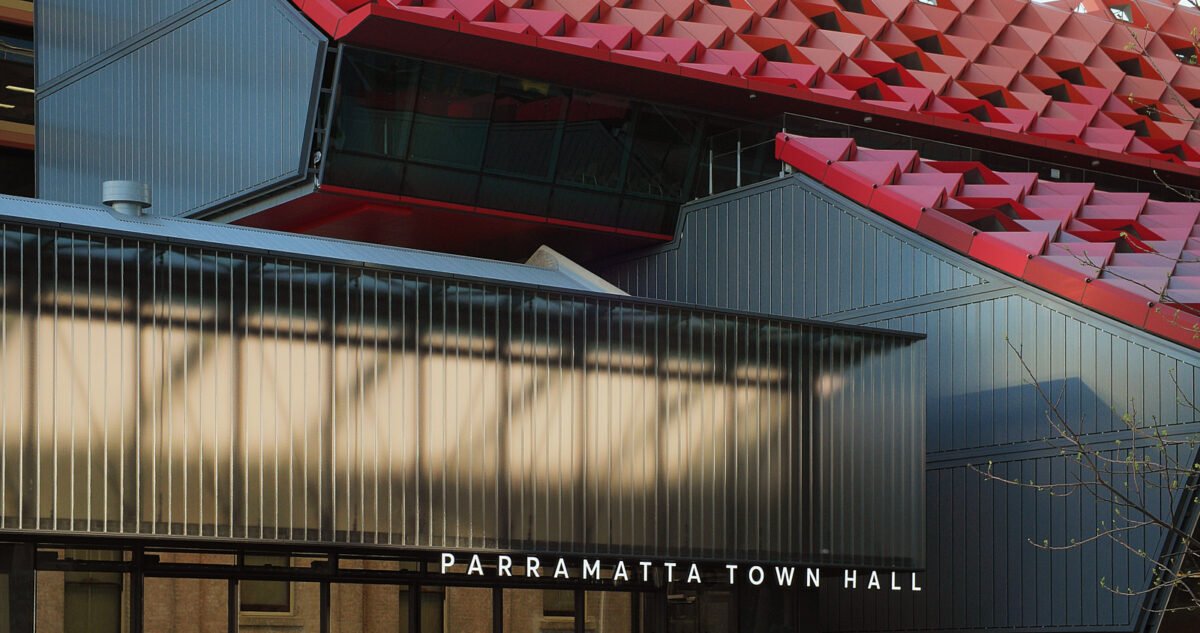
-
Related articles
-
Latest news and insights
-
Enquiries
New business — studio@tilt-industrialdesign.com
Careers — studio@tilt-industrialdesign.com
Press & media — marketing@tilt-industrialdesign.com
We acknowledge the Traditional Owners of Country throughout Australia and their continuing connection to land, waters and community. We celebrate the value and diversity of First Nations art forms, cultures and languages, and their ongoing significance today. We pay respect to Elders past and present.
